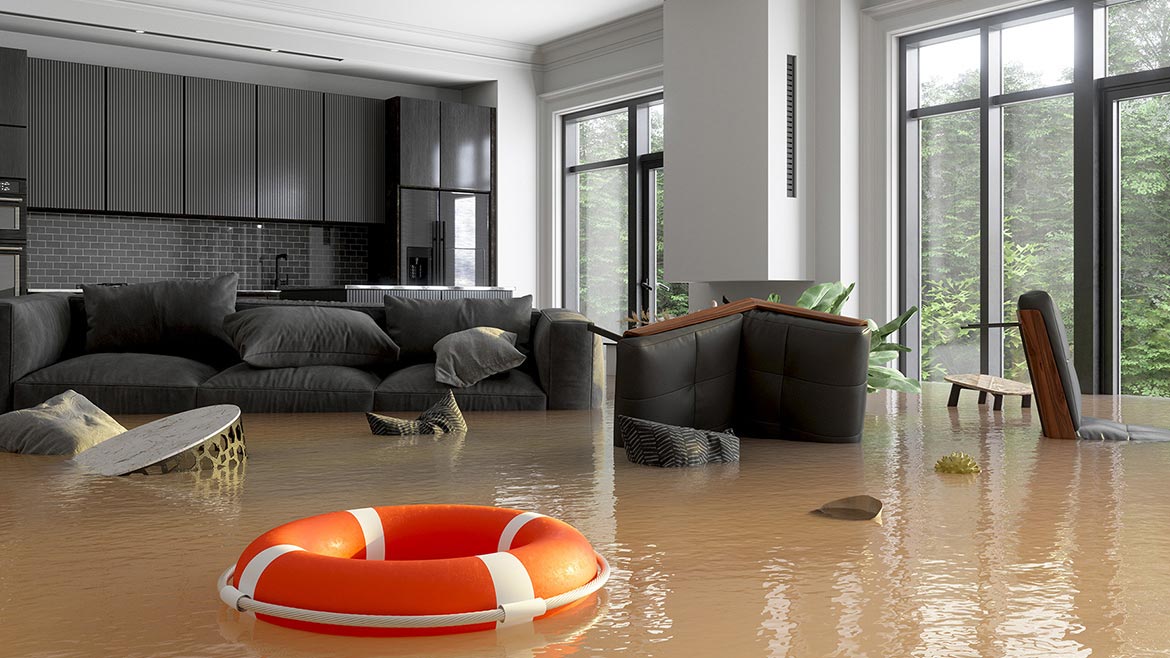Flood restoration is a process that helps restore your home and personal belongings to their original state. It is important to start the restoration process as soon as possible to prevent further damage. Taking the proper steps will help prevent mold growth from forming and limiting the amount of damage that can be done.
The first step in restoring your property to its pre-flood condition is to clean up the water. Floodwaters can contain a variety of contaminants, including bacteria and chemicals. This is why it is vital to make sure that the floodwater is completely removed. Professionals are able to use special cleaning materials to eliminate any of these contaminants. They can also use air movers to dry out the damaged areas.
Using dehumidifiers can help to minimize the risk of mold formation. The moisture in floodwater can create a perfect breeding ground for mold. Mold is a health threat for families and pets. While many species of mold are harmless, some can cause allergic reactions and asthma.
Besides taking care of the surface and contents of your home, you may also need to replace some of the structural elements of the building. For example, drywall can be replaced if the flood caused extensive damage. Alternatively, you can replace flooring. If you decide to replace any structural elements, it is best to work with a professional.
The cleanup and repair of flood damages can be a very stressful experience. You may feel that you are unable to do the repairs yourself. However, the reality is that professional help is necessary for flood damage repair. Not only can you avoid further damage, but you can also save time and money.
Whether you have a large or small amount of flooding, the sooner you begin the process, the better. You will need to remove the water as quickly as possible to prevent further contamination. During this process, it is vital to wear protective clothing and keep clean-up supplies nearby.
Once you have removed the water, you should thoroughly wash the affected surfaces and materials. Using non-ammonia detergent and bleach is recommended. Do not try to clean the area with ammonia as this will only add to the potential for mold formation. In addition, you should dry out the affected areas as quickly as possible. Allowing the surface to remain damp is a major factor in the development of mold.
Depending on the size and the scope of the flood, your repair may involve replacing floor coverings, drywall, and other materials. You may also need to replace furniture. Your insurance policy will help to cover these costs.
Getting your home back to normal isn’t an easy task, but it is something that can be accomplished with the right tools. Getting help from professionals will ensure that your property is restored to its former glory. Moreover, they will take care of all of the required paperwork to ensure that you aren’t left out of pocket.


